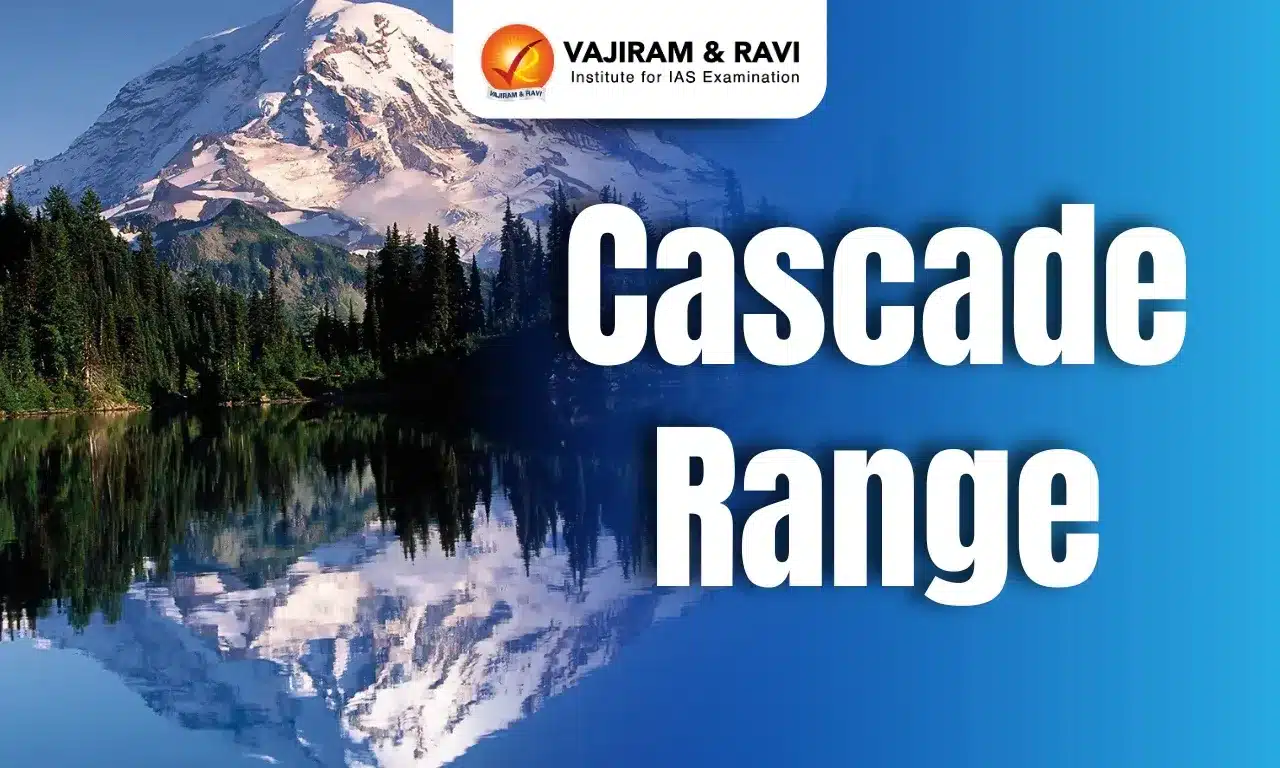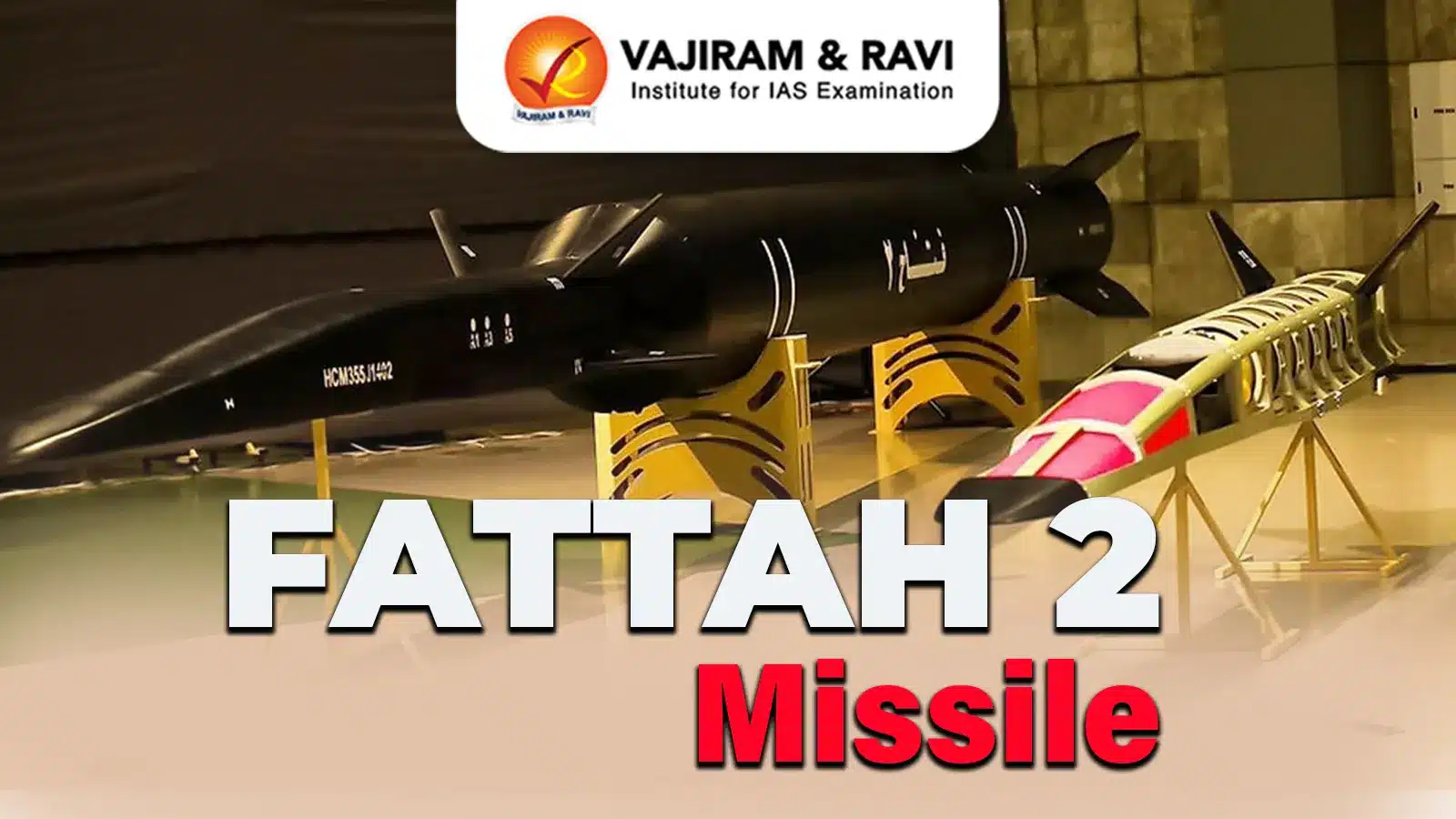Cascade Range Latest News
New research reveals that long-dormant volcanoes in the Cascades region of the Pacific Northwest still have substantial magma reservoirs beneath them.
About Cascade Range
- It is a prominent collection of mountains found in the Pacific Northwest area of the northwestern United States and southwestern Canada.
- The range was formed by the subduction of the Juan de Fuca Plate beneath the North American Plate, which continues to drive volcanic activity.
- It is known for its snow-capped peaks, massive glaciers, steep scree slopes, and lush forests.
- The range is home to 4375 named mountains, the biggest and most visible of which is Mount Rainier 4,392 m.
- It includes both non-volcanic mountains, including the rugged spires of the North Cascades, and the notable volcanoes known as the High Cascades.
- The Cascades are part of the Pacific Ring of Fire, the ring of volcanoes and associated mountains around the Pacific Ocean.
- All of the known historic eruptions in the contiguous United States have been from Cascade volcanoes.
Cascade Range FAQs
Q1. What type of volcano would you most expect to find in the Cascade Range?
Ans. In the Cascade Range, you would most commonly find stratovolcanoes (also known as composite volcanoes).
Q2.What formed the Cascade Range?
Ans. The Cascade Range was formed by the process of subduction, where the Juan de Fuca Plate is being forced beneath the North American Plate along the Cascadia Subduction Zone.
Q3. What is the highest peak in the Cascade Range?
Ans. The highest peak in the Cascade Range is Mount Rainier, located in Washington State, USA
Source: LS
Last updated on June, 2025
→ UPSC Notification 2025 was released on 22nd January 2025.
→ UPSC Prelims Result 2025 is out now for the CSE held on 25 May 2025.
→ UPSC Prelims Question Paper 2025 and Unofficial Prelims Answer Key 2025 are available now.
→ UPSC Calendar 2026 is released on 15th May, 2025.
→ The UPSC Vacancy 2025 were released 1129, out of which 979 were for UPSC CSE and remaining 150 are for UPSC IFoS.
→ UPSC Mains 2025 will be conducted on 22nd August 2025.
→ UPSC Prelims 2026 will be conducted on 24th May, 2026 & UPSC Mains 2026 will be conducted on 21st August 2026.
→ The UPSC Selection Process is of 3 stages-Prelims, Mains and Interview.
→ UPSC Result 2024 is released with latest UPSC Marksheet 2024. Check Now!
→ UPSC Toppers List 2024 is released now. Shakti Dubey is UPSC AIR 1 2024 Topper.
→ Also check Best IAS Coaching in Delhi
























